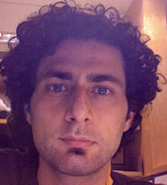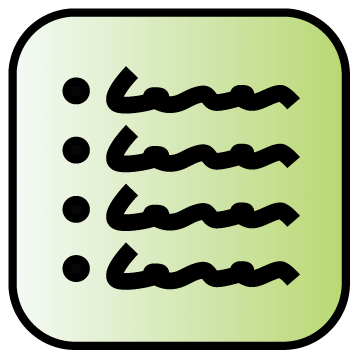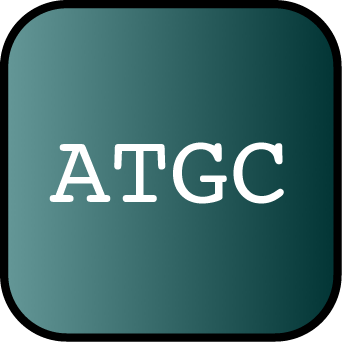Difference between revisions of "Plasmid backbones/Other standards"
| Line 26: | Line 26: | ||
<!-- To include a plasmid in this table, make the part type "Plasmid" and include the categories "//plasmid //standard/lim" under the Hard Information tab of the part. --> | <!-- To include a plasmid in this table, make the part type "Plasmid" and include the categories "//plasmid //standard/lim" under the Hard Information tab of the part. --> | ||
| + | |||
| + | {{:Plasmid backbones/Yeast/Credit}} | ||
==Plasmids used in DNA synthesis of BioBrick® parts== | ==Plasmids used in DNA synthesis of BioBrick® parts== | ||
Revision as of 23:43, 12 December 2008
| Part assembly | System operation | Protein expression | Assembly of protein fusions | Part measurement | Screening of part libraries | Building BioBrick vectors | DNA synthesis | Other standards | Archive |
| Or get some help on plasmid backbones. |
For plasmid backbones that adhere to the Silver or Freiburg standards, please see plasmid backbones for protein fusions.
Berkeley assembly standard plasmid backbones
Researchers at UC Berkeley have developed a new assembly standard. See [http://openwetware.org/wiki/The_BioBricks_Foundation:Standards/Technical/Formats#The_Berkeley_.28BBb.29_Format the BioBricks Foundation wiki] for more details.
There are no parts for this table
Lim assembly standard plasmid backbones
Students in Wendell Lim's lab have developed a new assembly standard. See [http://2008.igem.org/Everything_you_ever_wanted_to_know_about_AarI the 2008 UCSF iGEM team wiki] for more details.
There are no parts for this table

|

|
Sergio Peisajovich and Andrew Horowitz, from Wendell Lim's lab, developed several of the yeast plasmid backbones as an instructor of the 2008 UCSF iGEM team. |
Plasmids used in DNA synthesis of BioBrick® parts
Most DNA synthesis companies do not currently use BioBrick® plasmid backbones to clone synthesized BioBrick® parts. Therefore, some parts in the Registry are available in non-standard plasmid backbones because they were constructed via direct DNA synthesis. Here is a list of plasmid backbones used by assorted DNA synthesis companies.
| Name | Description | Resistance | Replicon | Copy number | Chassis | Length |
|---|---|---|---|---|---|---|
| BBa_J70003 | Geneart Cloning Plasmid pGA4 | A | 2961 | |||
| BBa_J70004 | BioBasic Cloning Plasmid pUC57 | A | 2710 | |||
| BBa_J70022 | GENEART pGA4 plasmid | 2978 | ||||
| BBa_K2812001 | Coding sequence for trunctated Lysostaphin | 738 | ||||
| BBa_K2812003 | Coding sequence for trunctated Lysostaphin regulated by T7-promoter | 776 | ||||
| BBa_K2812004 | Coding sequence for trunctated Lysostaphin fused to His-tagged HlyA | 1458 | ||||
| BBa_K2812005 | Coding sequence for trunctated Lysostaphin with HlyA and His6-tag regulated by T7-promoter | 1496 | ||||
| BBa_K2812006 | Coding sequence for Pyocin S5 with HlyA and His6-tag | 2217 | ||||
| BBa_K2812007 | Coding sequence for Pyocin S5 with HlyA and His6-tag regulated by pBAD-ara promoter | 2288 | ||||
| BBa_K5293014 | pHREAC_eGFP_ER | 10477 | ||||
| pSB1A1 | pUC19 with a BioBrick cloning site (Replaced by pSB1A3) | A | pMB1 | 500-700 | 2708 |
Other miscellaneous vectors
The Registry also have miscellaneous other plasmid backbones. These plasmid backbones have not undergone Registry curation, but we include them here for completeness.











